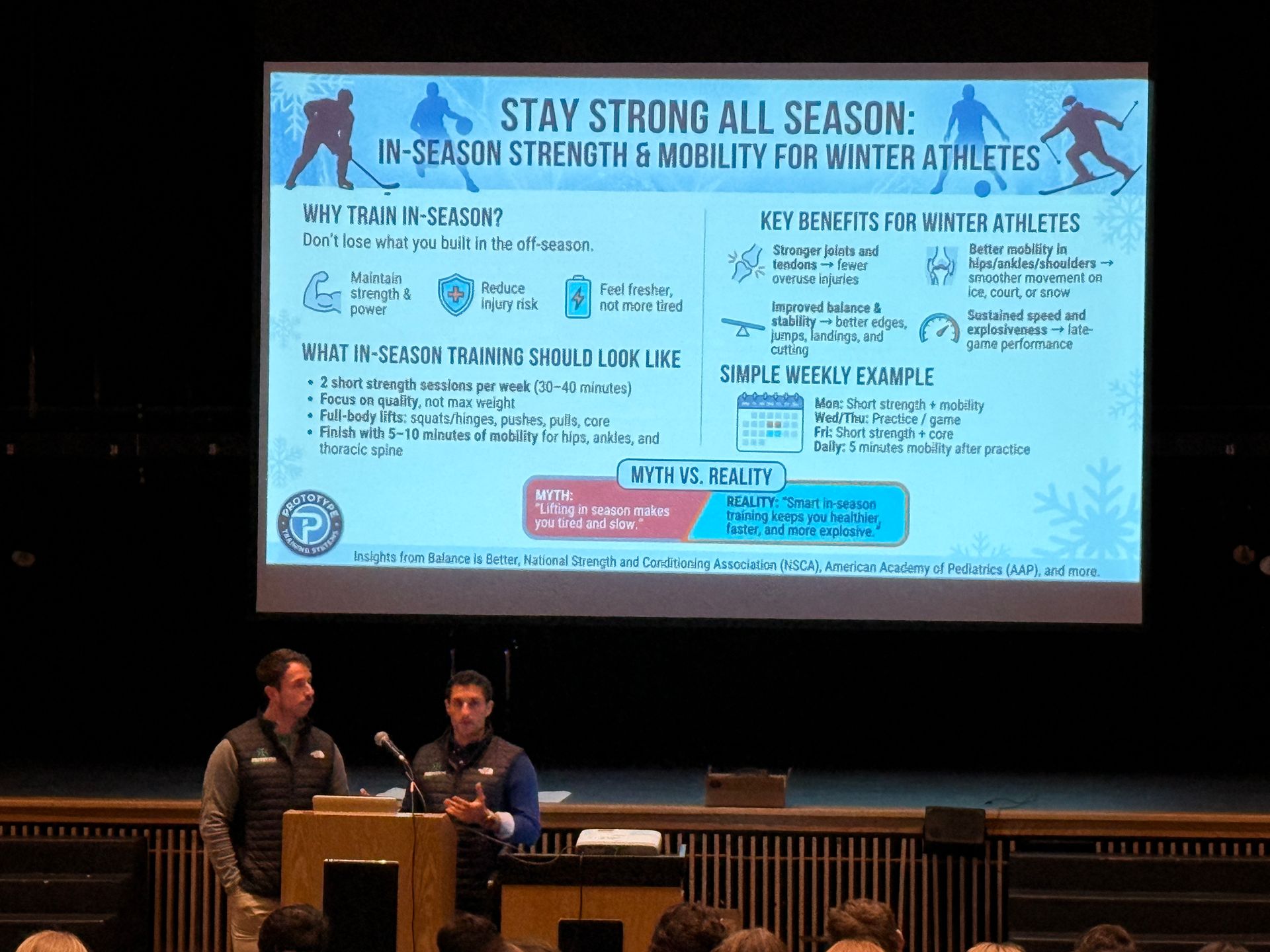5 Ways to Train Around an Injury
Check out these 5 ways to train around an injury
By: Dr. Martha Theirl, Physical Therapist and Owner of Q4 Physical Therapy
Injuries happen, no matter how hard we try to avoid them. Maybe it was during a workout, reaching for something, getting out of the car, or wrestling with the kids. Now you’re achy, sore, maybe a bit painful and you’re not sure what to do or if you should continue to go to the gym.
When injury happens, there’s many ways you can be prepared and continue to train around it. It’s a rare day when I tell someone to stop training entirely; and the research is clear that training while injured is likely helpful in the rehabilitation process. Here are 5 things to think about when trying to train around an injury.
*As a disclaimer, if you’re having pain or think you may be injured, it’s best to talk to a licensed health professional to get to the root cause and make sure your recovery is smooth. We can help you plan things out and make sure nothing more serious is going on. The following is for education only and not meant to diagnose or treat your specific injury.
- Lighten the load
By decreasing the weight, we decrease the total amount of work we are performing. This can be especially helpful if you’re feeling a tweak under a heavy load but not under light loads. Once you find a weight that is comfortable and pain free, you can work up gradually to your normal weights.
- Change the range of motion
Feeling some knee pain with a full squat or single leg squat? Try doing a squat to a target such as a bench, box, or med ball. By making your range of motion smaller, it may alleviate knee pain. Once you find the cause of the knee pain, perhaps decreased range of motion at the ankle, or difficulty of the hip to control the knee, you can gradually increase the range again.
- Pick a similar but different exercise.
Having pain in your shoulder while doing a barbell push press? How does a dumb bell push press feel? The barbell forces our shoulders into a specific range of motion, where the dumb bells allow the shoulder to be more mobile. Or maybe you’re having pain with landing during a box jump. Try a lower box, or switch to a single leg squat to a bench.
- Train the opposite side
There’s a principle called irradiation, which means if we train a muscle, the muscles around it will also get stronger. This is because (hold onto your barbells, I’m about to get nerdy) the nervous system acts as a complete unit. If you work one muscle, it’s impossible not to recruit the muscles around it to help support. This works the same way if your right hip is hurting. If you train the left hip, the right hip has been shown to lose less strength and the surrounding muscles also benefit (think low back, hamstrings, quads in this case)
- Focus on Nutrition and sleep.
When training around an injury, it gives us an opportunity to check in with our bodies general health and well being. Maybe work has been particularly stressful or the kids have to be in approximately one million places all at once. Maybe the dog is taking up too much space in your bed! (Anyone else?… Just me?) Taking a step back to look at our sleep hygiene (more on this next month!) of trying to get 7-9hrs per night, or checking in with your fueling can help the healing process tremendously.
Often the gym is where we go to feel better and de-stress. Just because you’re injured doesn’t mean you can’t still do great work. Having a few work arounds and ways to modify gives you the freedom to continue to exercise while recovering.
___
About the Author: Martha is a Doctor of Physical Therapy and owner of Q4 Physical Therapy, a mobile concierge practice that creates a personalized plan putting your goals at the front. She’s an avid CrossFitter, lacrosse lover, and always on the hunt for new music. If you have a question for the PT corner, or to schedule an appointment, please email martha@q4pt!
The post 5 Ways to Train Around an Injury appeared first on Prototype Training Systems.
Previous Blogs


Climb to New Heights
Prototype Training Systems is more than a gym - it is a lifestyle. Join us today!


